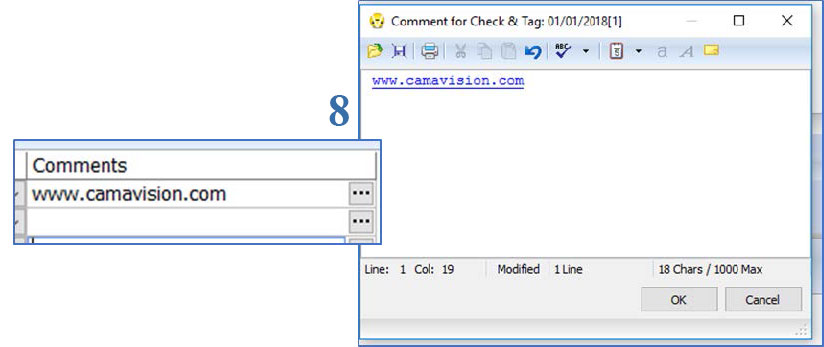By: Marty Barrett
Introduction
For years, the check-tag system of CAMAvision has been a simple set of four fields that could be activated (i.e., “tagged”) to make categorizing and searching for these parcels a little bit easier. For some, the “tag” was a reminder to “check” something, hence the check-tag terminology. The purpose of a check-tag could be defined in a variety of ways. Perhaps the simplest was a Field or Office check with a date to indicate when the work should be completed. Even the interpretation of the date was intended to be generic as it could be a deadline date or an assessment year date. In past versions of CAMAvision, the user was limited to one Parcel check (Field or Office, etc.), one Sales check, one Exempt check, one Review check, and one User-defined check per parcel.
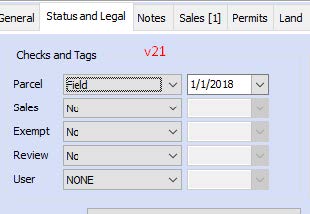
While workable for some, its limitations forced users to think of creative methods to expand the number of tags per parcel. Some data fields were repurposed, while others used the trick of commandeering the Permits. Many clients created pseudo-permits to store multiple checks. Using the permits overcame the limitation of having only one Field/Office check but created other problems. For instance, permits are typically desired on websites and property reports, where check-tags tend to be internal work reminders for the appraiser.

The User check, a recent addition to CAMAvision, was intended to alleviate some of the limitations of having only one Field or Office check. This quickly got used, and it left users asking for more.
Nowadays, clients need a more robust system to track the workflow of parcels. The assessor’s office of today is expected to collect and track ever increasing volumes of parcel data. This is why the check-tags fields were designed, but the old methods simply do not work with the demands of today.
For CAMAvision v22, the new Checks table for parcels has been completely rewritten from the ground up. It gives the user a flexible management system driven by multiple user-definable tables and a new but familiar user interface.
Parcel Maintenance
Checks and Tags have been reimagined as a multi-record grid similar in many respects to Permits (off of which it’s based). We’ve taken the old, rigid method of Parcel, Sale, Exempt, Review and User checks and turned it into a multi-record system capable of complex combinations of check reminders, workflow tags – you name it.

The new screen allows a user to keep permits where they belong and assign checks or multiple reminders of any kind imaginable to a parcel. Use it as workflow tracking and keep multiple years. It utilizes three user editable tables, and its contents are fully searchable with the Query Wizard. Additionally, these checks and tags will not show up with permits on reports and websites, where only true permits should be displayed.

The storage of records is not sorted by any one particular field. Users are free to arrange the records in a manner best suited to their respective offices, and tools exist (on the toolbar) to move records higher or lower in the list.
The Sale Check Wizard within the sales screen works just as before but with one notable exception. Because a parcel is no longer limited to one check, when a sale is added and the Sales Check Wizard is invoked, a new Sales Check record will be added to the Check-Tags. In other words, existing (and presumably old) sales checks will not be overwritten.
Conversion
In the conversion to version 22, your existing Checks and Tags are automatically moved to the new table format. Each existing tag now gets its own line. The Parcel, Sale, Exempt and Review check will automatically get a line in the new table if they were active and keep the date you had set.
All existing tags will be assigned to Normal priority, and Parcel checks with have their respective Type assigned. A User check will get a category of Review, and the User1 field will have the User flag assigned from the old layout. The dates for each of the old checks is converted exactly as-is to the new Status Date field.
Table Structure
The table where all this information is stored is called CHECKS. It is available within the Query Wizard and should be linked to the GENERAL table. Similar to permits or sales, there is a zero-to-many relationship with the GENERAL and CHECKS table: a parcel record in the GENERAL table may have zero or more entries in the CHECKS table. All the fields are available for searching and filtering.

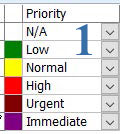 Priority
Priority
The priority field allows you to state the importance of a specific check-tag. When the Status of the respective check is Yes or Recheck, it will even apply a color-coded highlight at the beginning of the line for easy identification.
Check Tag Category
The Check Tag Category table allows you to setup which categories of check tags can be assign to parcels. The preassigned categories of Parcel, Sales, Exempt, Review and VAI cannot be removed or modified, but you can add additional categories to your liking.

Check Tag Type
The Check Tag Type is stored in the Parcel Status Table. Previously, this table was limited to only categories for a parcel check. No longer limited to just a Parcel check, it can be expanded and used for new check-tag combinations. This table is completely open ended and you can add additional Types if you would like.
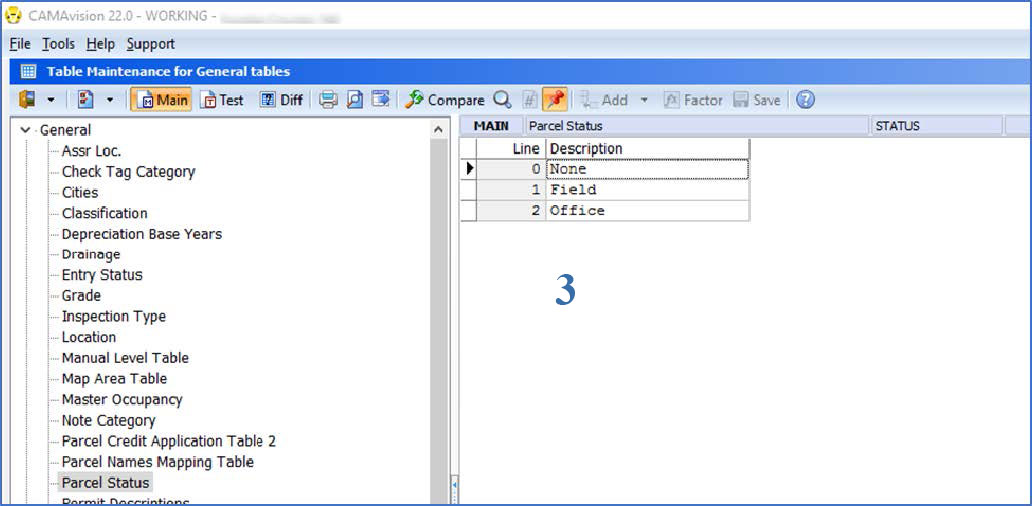
Check Tag User 1
The User1 table allows the user another way to subdivide parcels to their liking. Many counties have used this field to determine when parcels need to be reappraised on a four-five-or six- year basis. Other jurisdictions have used the field to assign parcels to specific appraisal staff.
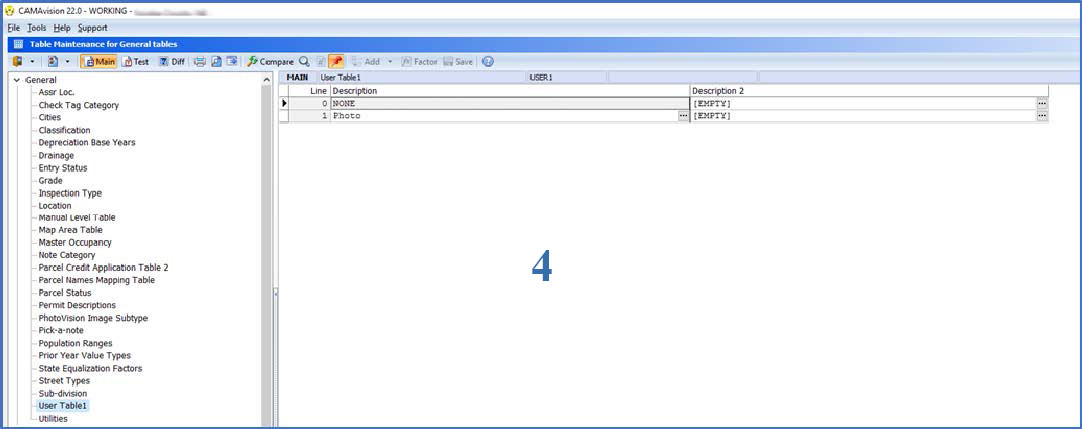
 Status
Status
The status allows you to mark whether a check is active or inactive or needs to be rechecked. This also determines if the priority coloring is shown. The priority coloring will only be shown if the Status is Yes or Recheck. This combo-box is not currently editable by the user.
![]() Status Date
Status Date
The Status date allows the user to assign a due date or a completion date.
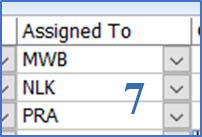 Assigned To
Assigned To
The assigned-to field allows the user to assign the tag to any user who has their initials in the system, similar to Lister Initials. It is also a free-form field and can by hand-typed if a particular set of initials isn’t present in the system.
Comments
Free-form text (1000 character) field. Can use Pick-a-Notes and has URL support for links like in Permits.
